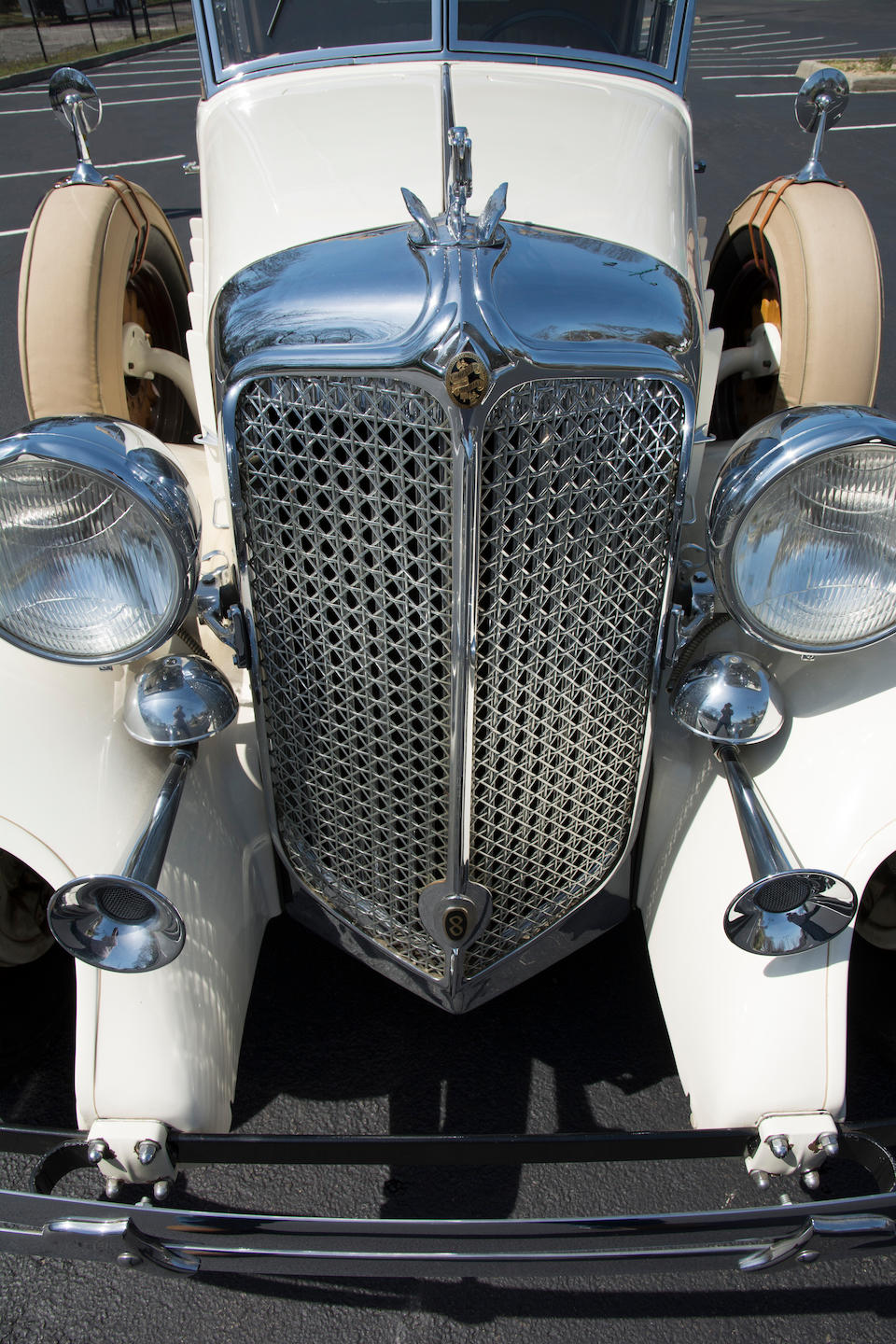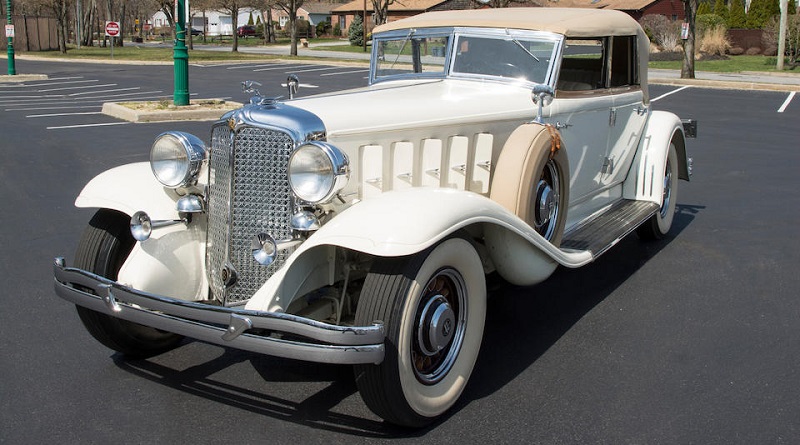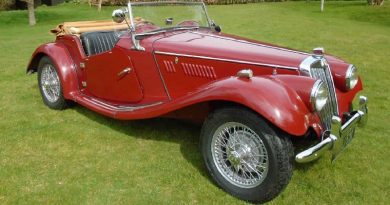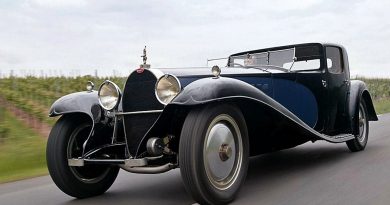1932 Chrysler CL Imperial Custom Convertible Sedan
The Chrysler Imperial joined the multi-cylinder “club” in 1931 with the introduction of two models with straight-eight engines: the CD Eight and the Imperial CG Eight. The latter’s nine-bearing engine produced 125bhp, which was good enough to propel the 5,000-pound car to a top speed of more than 95mph, truly world-class performance for the era. Notable features included hydraulic brakes, adjustable seats and steering column, as well as hydraulic shock absorbers. Chrysler’s “Floating Power” engine mounting and a 4-speed synchromesh manual transmission contributed to the powertrain’s smoothness and flexibility.
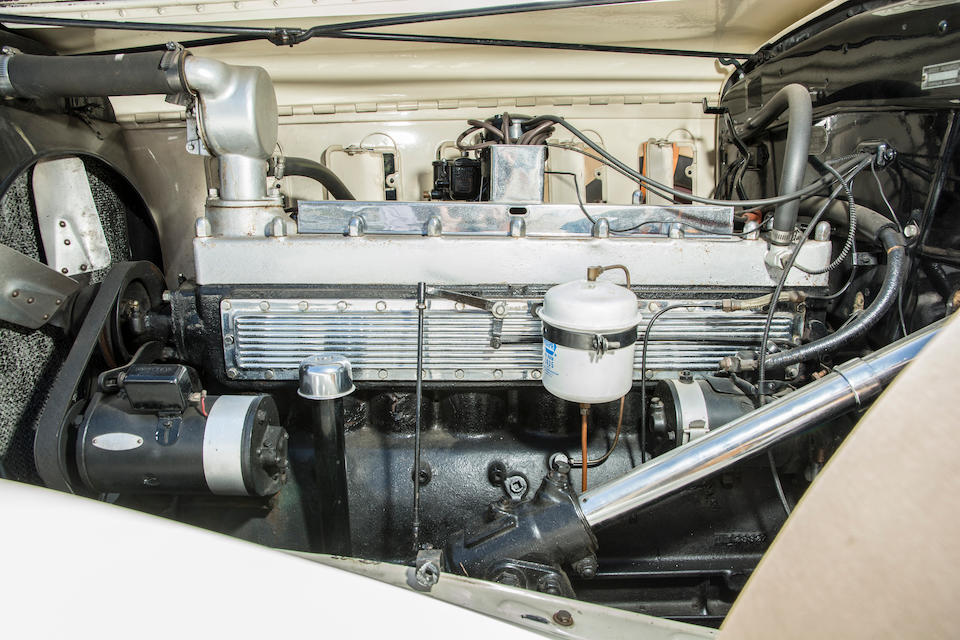
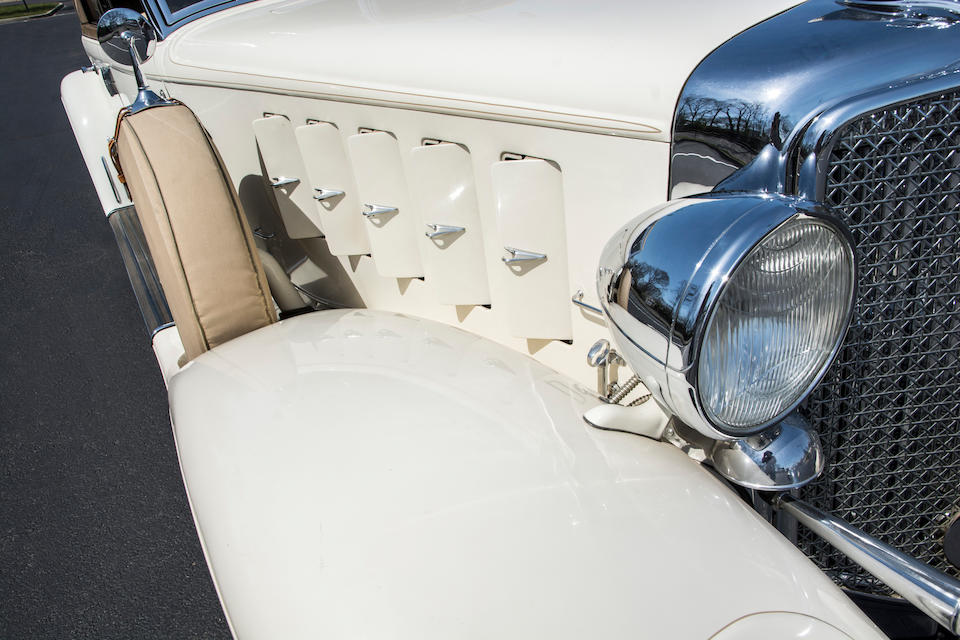
Long and dramatically low-slung, the all-new 1931 Chrysler Imperial drew obvious inspiration from the front-wheel-drive Cord L-29 that Errett Lobban Cord had sprung on the market in 1929 to widespread acclaim. Reportedly, L-29 designer Alan H. Leamy actually contributed to the Imperial design, during a hiatus from his employment as chief designer for Auburn and Cord automobiles. The Imperial’s streamlined, swept-back radiator shell was overtly Cord-like, and as with the L-29, the Imperial windshield was set far back on the chassis, permitting a very long hood/cowl line and gracefully sweeping front fenders. With its 145 inch wheelbase chassis being even longer than the L-29, the Imperial’s proportions were all the more breath-taking.
For 1932 and ’33 the progression of the model was largely aesthetic with more pronounced separated two-piece windshields, door-type hood ventilators, and the overall proportions grew scaled on a slightly longer 146 inch wheelbase.

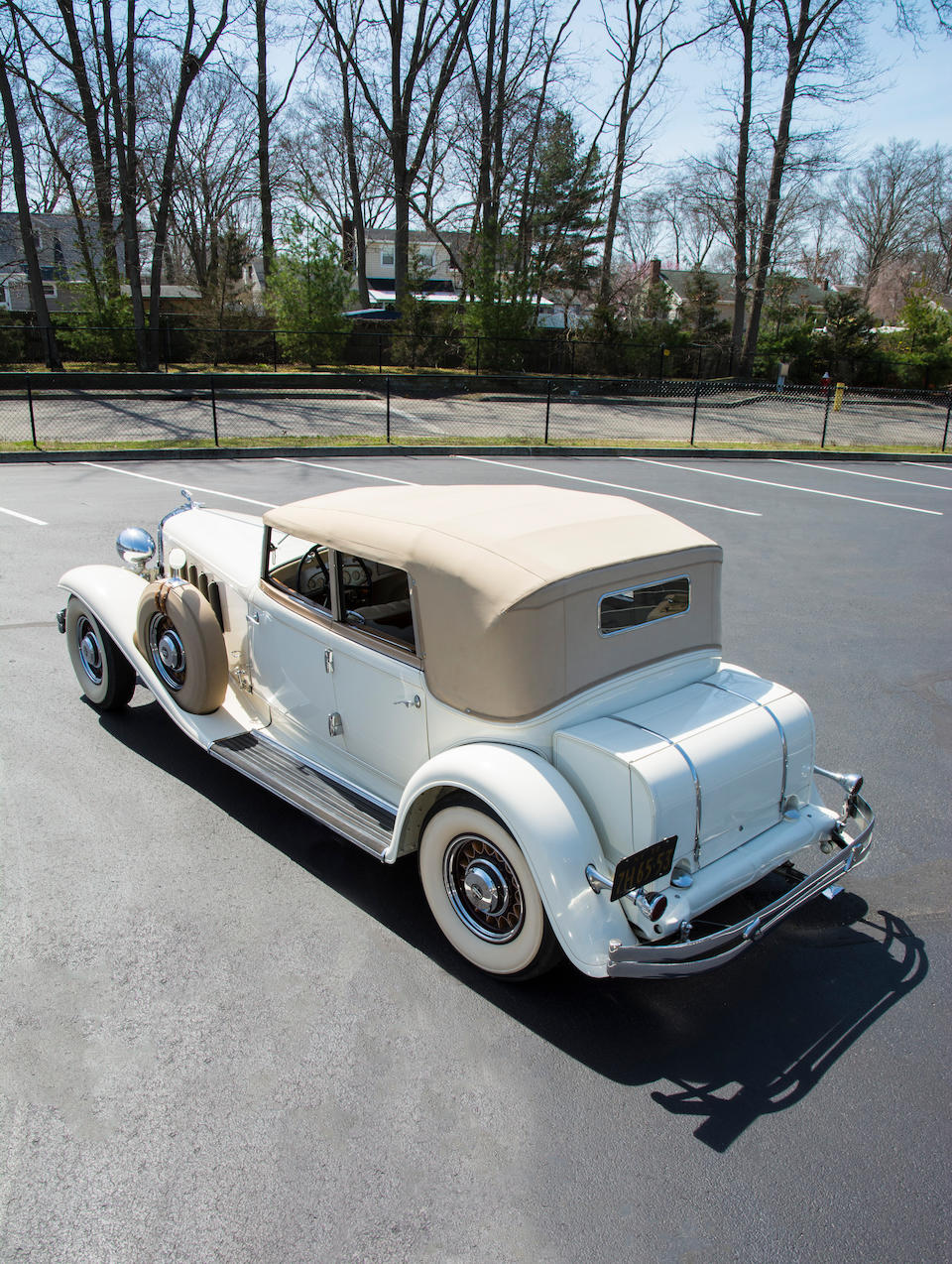
The new Imperial was offered in two sub-series, a standard line with production Briggs-built bodies and a more prestigious Custom line featuring semi-custom bodies, finished to order. LeBaron designed and built all but one of the Imperial “catalog custom” styles.
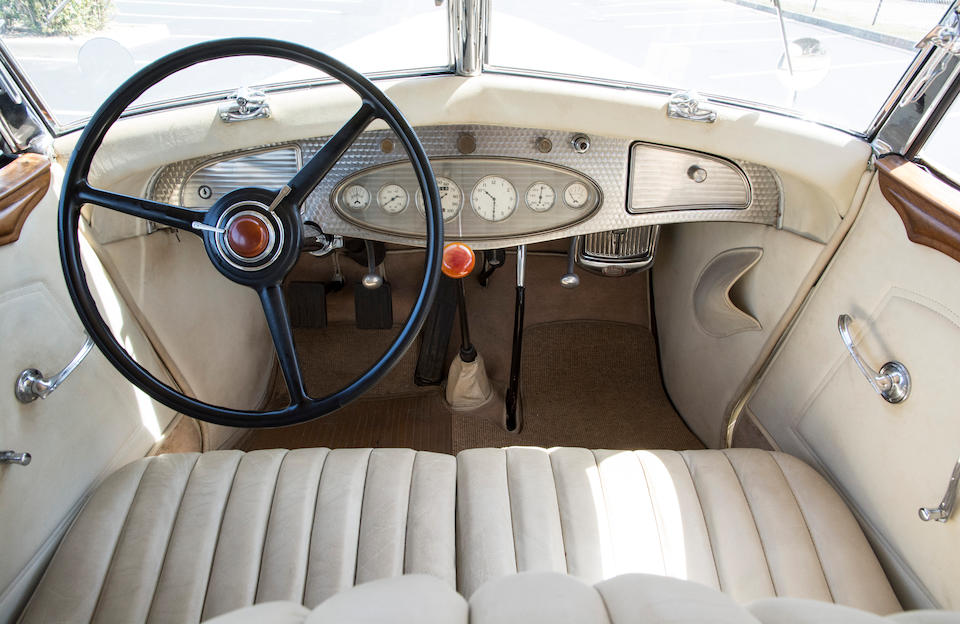

LeBaron Carrossiers Inc. had been founded in 1920 by the two legendary designers Raymond H. Dietrich and Tom Hibbard, after Brewster had fired them for planning on company time to start up on their own. They got themselves a fancy address at no. 2 Columbus Circle in New York City, but being virtually destitute, had no funds to establish their own coachbuilding facility. So they developed a never-before-seen business model, which was to sell ready-made designs to clients and then contract to have them built by outside coachbuilders.
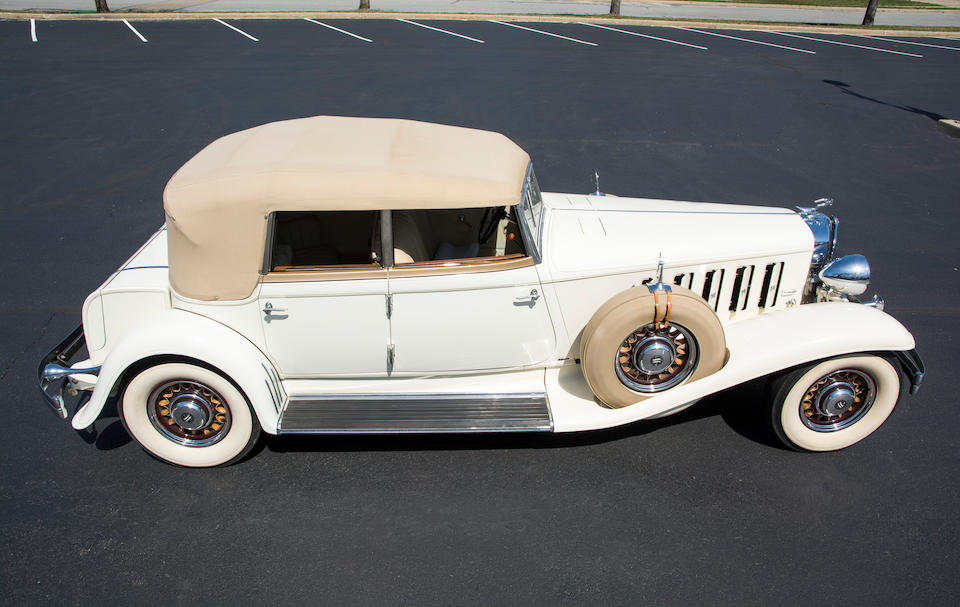
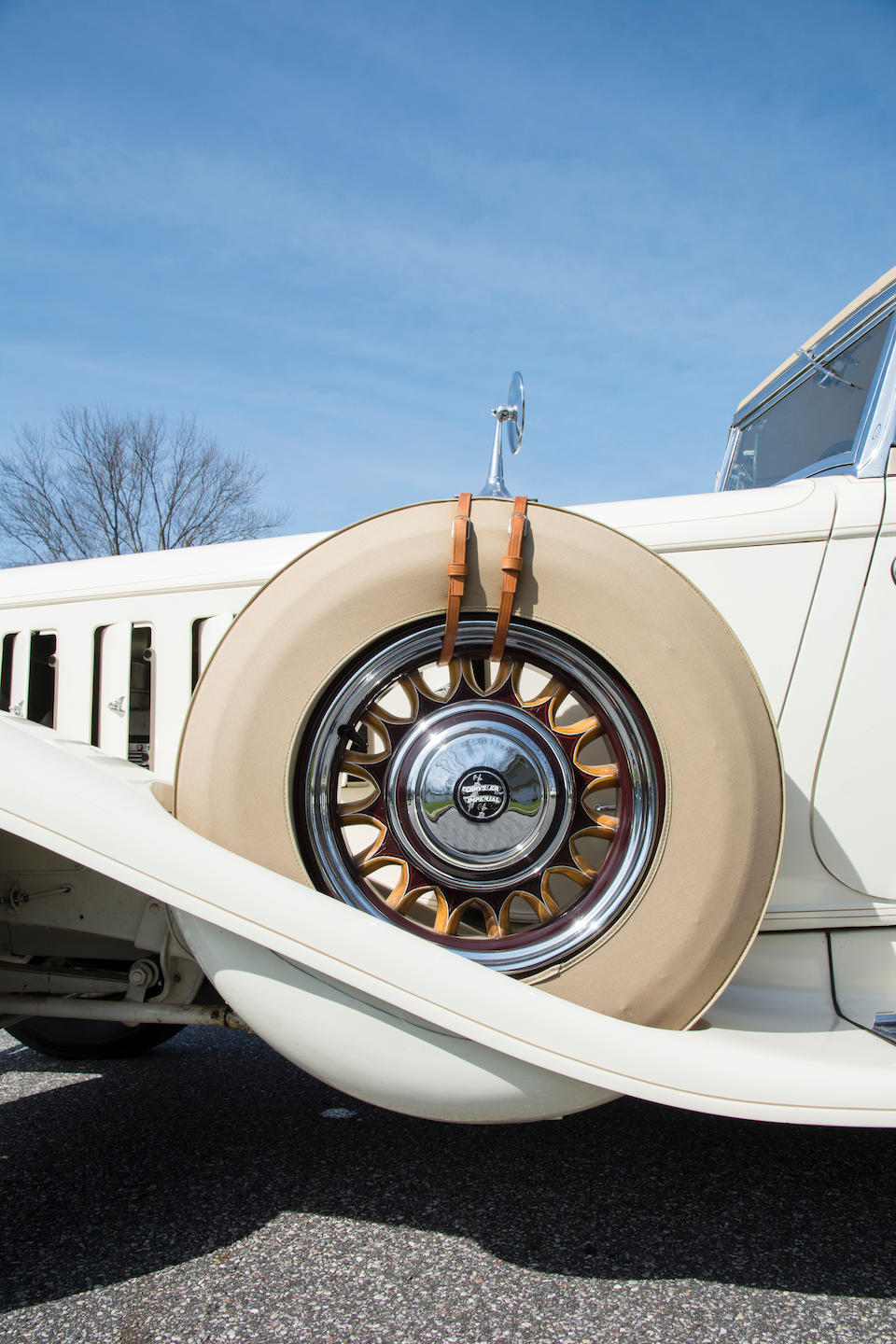
One of only 49 LeBaron Convertible Sedans built.
The only survivor of the 12 example further equipped with artillery-style wheels.
